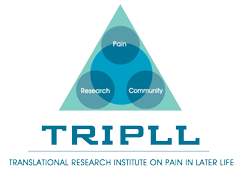Hand grip Strength may Predict Hip Fracture Recovery
allison2018-09-27T23:09:22-04:00The authors of a recent study published in American Journal of Medicine evaluated “handgrip strength, an objective measure of physical function for bedridden patients, as a predictor of walking recovery in the year after fracture surgery.” The authors enrolled 504 patients aged 70 years or older “who were admitted to the hospital for hip fracture surgery and were formerly able to walk independently.” The authors conducted a multivariable evaluation of each participant that included a brief physical examination, and cognitive assessment using the Short Portable Mental Status Questionnaire and the Geriatric Depression Scale. The authors conclude that, “in older patients with [...]
